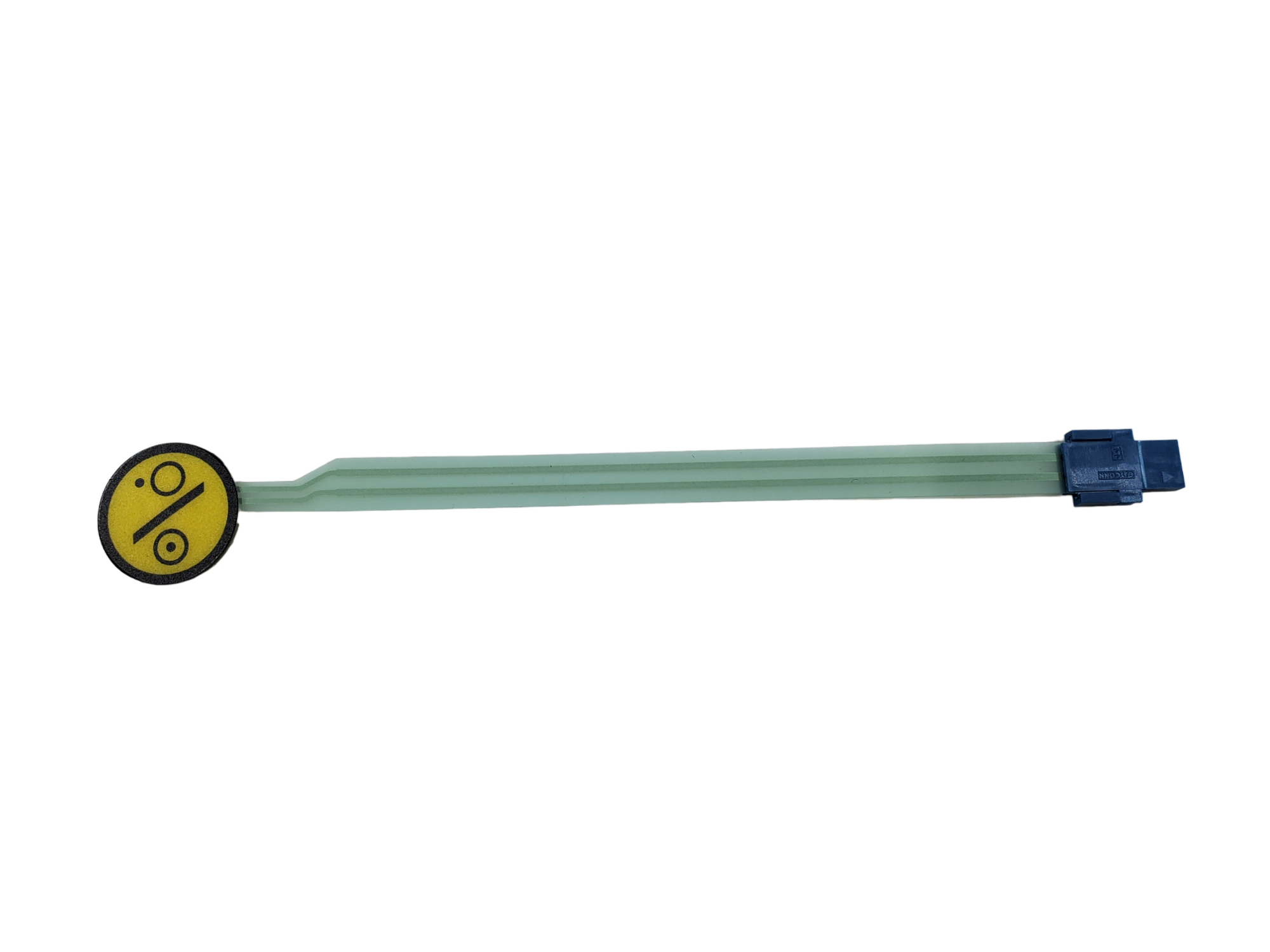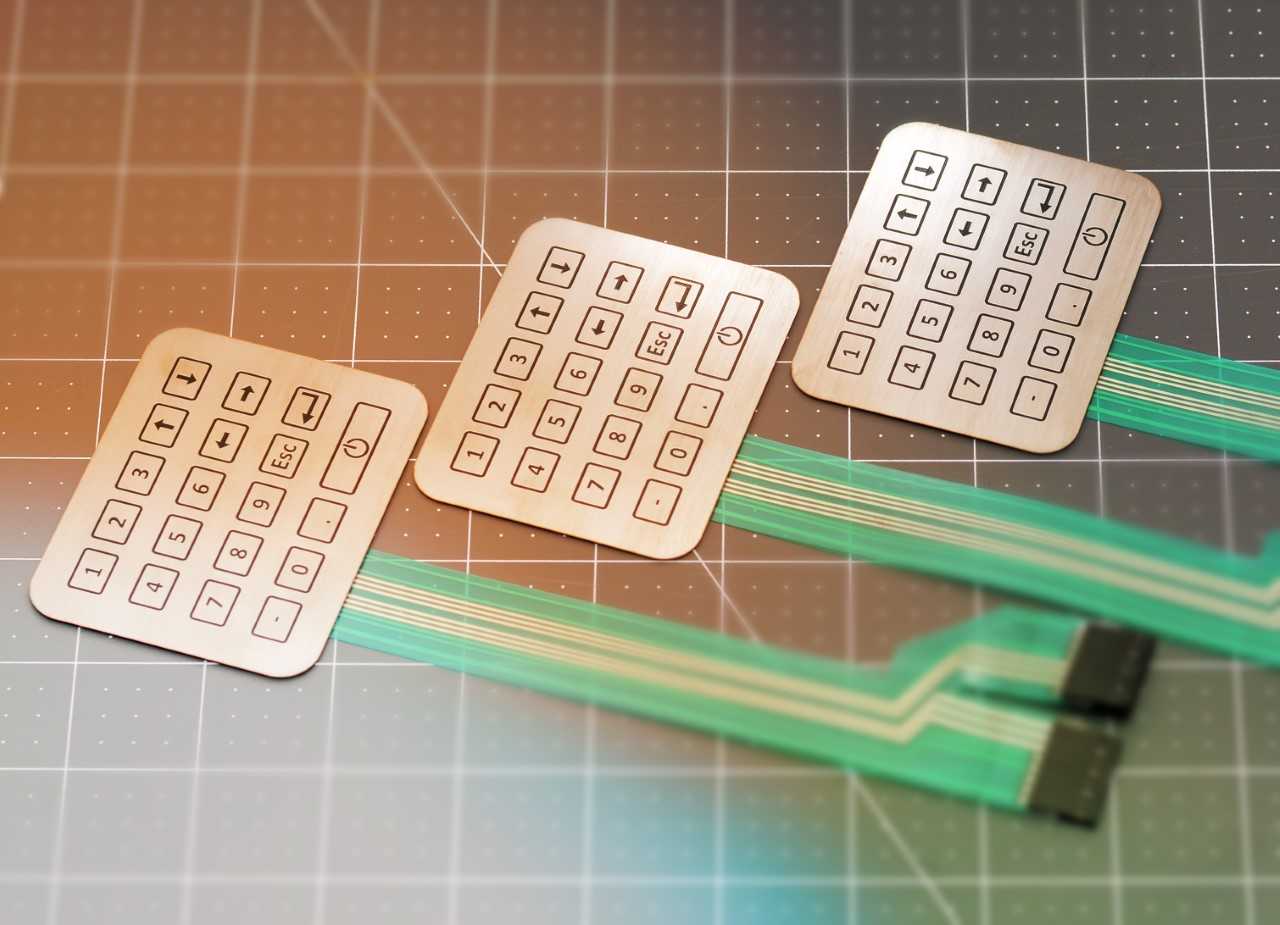Choosing the Right Membrane Switch for Your Business Needs
Choosing the Right Membrane Switch for Your Business Needs
Blog Article
Recognizing Membrane Layer Switches Over: The Key to Durable and Trusted Controls

What Are Membrane Layer Buttons?
Membrane layer buttons are a sophisticated option in the world of interface modern technology, integrating functionality and layout perfectly. These tools act as an interface in between customers and digital systems, integrating a number of components into a small layout. Commonly created from versatile, thin layers of materials, membrane switches are developed to react to touch, making it possible for customers to communicate with equipment and electronic tools effectively.
The key components of a membrane layer button include a printed circuit layer, graphic overlay, and a spacer layer that avoids unintentional activation. The graphic overlay can be personalized to mirror brand identification or individual choices, boosting appearances while ensuring use. Membrane layer buttons are generally used in different applications, including clinical gadgets, consumer electronics, and industrial equipment, owing to their sturdiness and resistance to environmental variables such as wetness and dirt.
One of the essential advantages of membrane layer switches is their capacity to endure damage, making them optimal for high-traffic settings. Additionally, they are lightweight and require marginal area, enabling ingenious designs in product development. In general, membrane layer switches stand for a practical and reliable selection for modern-day electronic user interfaces, marrying innovation with user-centric layout concepts.
How Membrane Switches Work
The operation of membrane layer switches over rest on a straightforward yet reliable system that equates user input into digital signals. These buttons contain multiple layers, normally consisting of a graphic overlay, a spacer layer, and a circuit layer. When a user presses the button, the leading layer warps, enabling a conductive element in the circuit layer to make call with a matching conductive pad on the bottom of the graphic overlay. This get in touch with shuts the circuit and sends an electronic signal to the tool, indicating that the switch has actually been activated.
The layout of membrane layer buttons can differ, however they typically include domes or responsive aspects to provide feedback to the individual, boosting the general experience - membrane switch. The materials used in membrane buttons, such as polyester or polycarbonate, add to their longevity and resistance to ecological aspects, consisting of wetness and dirt. Additionally, the printed circuits are normally enveloped, which shields them from wear and tear with time.
Benefits of Membrane Layer Switches

In addition, membrane switches are known for their resilience. Created from durable materials, they are immune to dust, dampness, and physical wear, which substantially expands their life expectancy compared to traditional mechanical switches. This durability makes them especially ideal for high-traffic settings and applications requiring durability.
One more substantial benefit is the simplicity of cleaning and upkeep. The smooth surface area of membrane layer changes minimizes dirt accumulation and is typically resistant to spills, making them optimal for setups that need regular sanitization.
Furthermore, membrane switches offer a streamlined account, bring about a thinner design that can be incorporated right into various gadgets without adding bulk. This function not only boosts the aesthetic charm yet additionally adds to a more ergonomic product layout.
Applications of Membrane Layer Switches
User-friendly and flexible, membrane layer switches locate applications throughout a broad array of markets, including clinical devices, customer electronics, and commercial tools. In the clinical you could check here field, these buttons are essential from this source to gadgets such as diagnostic equipment, individual tracking systems, and mixture pumps, where integrity and ease of cleansing are critical. Their ability to hold up against extreme environments and keep capability makes them excellent for such applications.

In consumer electronic devices, membrane layer buttons are utilized in items like microwaves, cleaning makers, and push-button controls - membrane switch. Their streamlined style allows for instinctive interface, boosting the general customer experience while supplying resilience and resistance to tear and wear
Commercial equipment additionally takes advantage of membrane layer switches, especially in control panels for equipment and automation systems. These buttons provide security versus dirt and dampness, making certain regular efficiency in difficult environments. Additionally, their customizable attributes enable suppliers to tailor them to specific operational requirements, improving effectiveness and capability.
Picking the Right Membrane Layer Change
When selecting a membrane button, it is necessary to think about numerous variables that influence performance and viability for certain applications. The main considerations include ecological conditions, responsive feedback, longevity, and style specifications.
First, examine the operating environment; buttons revealed to wetness, chemicals, or severe temperatures need particular products to make certain longevity and capability. Next off, evaluate the demand for responsive comments. Depending upon individual communication, some applications might gain from a tactile response to validate activation, while others may imp source choose a non-tactile style for aesthetic reasons.
Longevity is another vital aspect; membrane layer buttons ought to be designed to stand up to regular usage, effects, and abrasion. Make sure the picked switch can withstand the anticipated lifecycle, especially in high-usage situations.

Conclusion
In verdict, membrane changes serve as vital elements in the layout of long lasting and trustworthy control systems throughout different industries. The adaptability of membrane layer switches allows for tailored services that satisfy specific operational demands, enhancing their value in modern-day innovation.
Membrane layer switches stand for a critical aspect of modern user interface design, mixing capability with strength in different applications.Membrane switches are an advanced remedy in the world of customer interface innovation, integrating capability and layout effortlessly. Typically created from adaptable, slim layers of products, membrane layer buttons are developed to respond to touch, allowing customers to communicate with machinery and electronic gadgets effectively.
The design of membrane buttons can differ, but they frequently incorporate domes or responsive aspects to offer comments to the customer, improving the general experience.In conclusion, membrane changes serve as crucial elements in the style of reliable and sturdy control systems across various markets.
Report this page